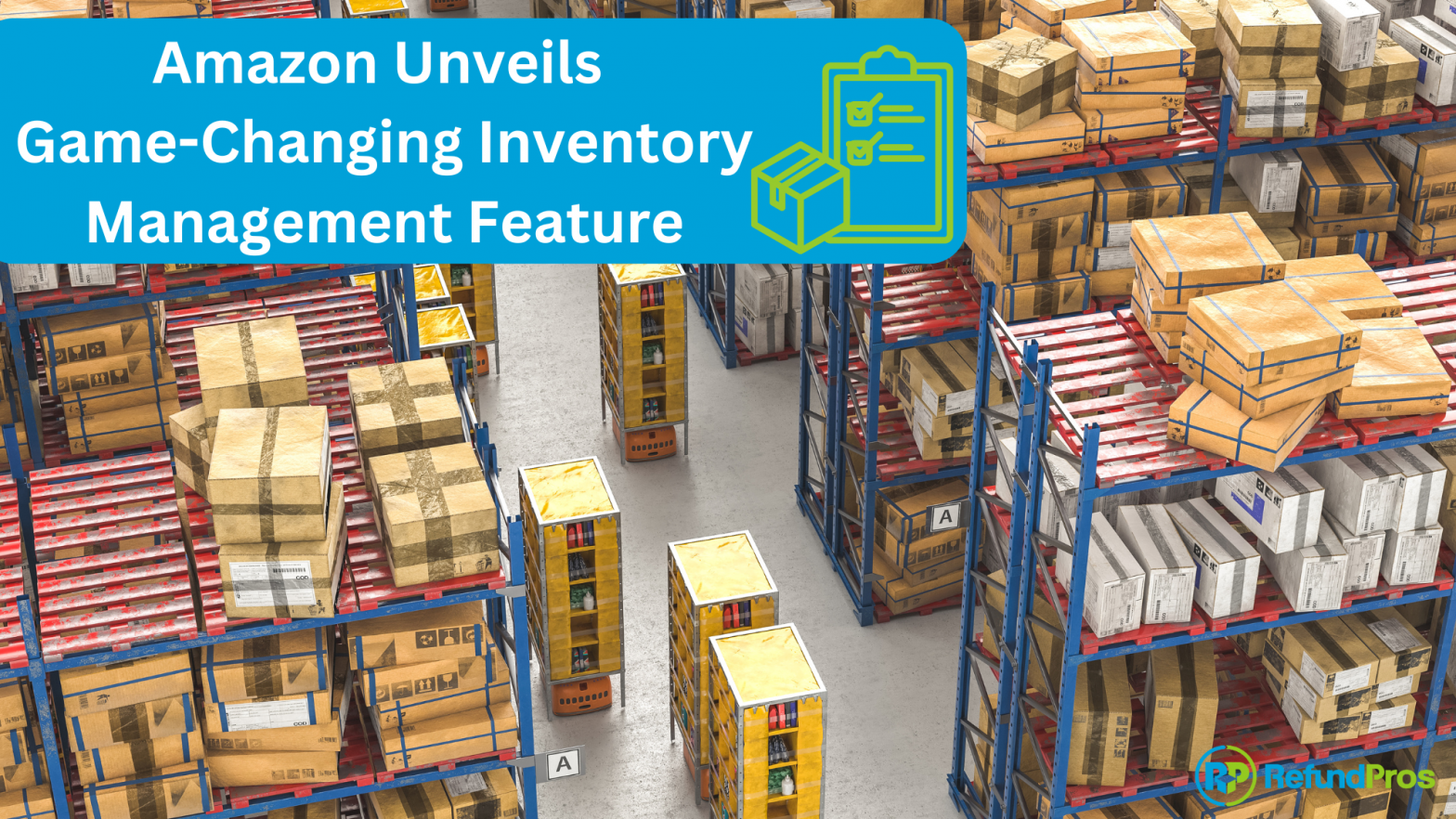Are you a successful Amazon business, a Best Seller perhaps? Kudos to you! Yet, that doesn’t mean you shouldn’t be analyzing your competition constantly. There are several good reasons, like understanding the competitive landscape and making informed business decisions. By analyzing competitors, businesses can identify market trends, customer preferences, and potential gaps in the market that they can exploit. Capitalize on this information and use it to develop and refine business strategies, such as product development, pricing, marketing, and distribution.
Another good reason to analyze your competitors is to identify your strengths and weaknesses relative to the competitors. By understanding what other successful companies are doing well and where they are falling short, businesses can make improvements to their own products and services, as well as their overall business model. This is an easy way to stay competitive and updated in the marketplace and attract more customers.
Analyzing competitors can also help businesses identify potential threats to their market share. By monitoring the activities of their competitors, businesses can be alert to changes in the market and respond quickly to protect their position.
To analyze the competition, Amazon businesses can use a variety of methods, including:
- Analyzing customer reviews and feedback. Customer Service is king. Check those reviews to understand what customers are saying about their products and services, and how the competition is replying.
- Study their product listings and product titles. Increase sales conversion with more people visiting your product page by decoding your competitor’s listing optimization strategy and product titles. This will help you understand better what insights work best for your targeted market and improve your own strategy.
- Monitor market & Sale trends. Examining market trends and industry reports to identify emerging threats and opportunities. Monitoring the prices and promotions of others to stay competitive, and checking your competitor’s monthly sales can help you benchmark your performance.
- Research Product Features. Conducting competitor research to gather information that helps you identify how to improve your own products and focus on the benefits you should be marketing.
Don’t stop there!
By using these methods, you can get a better understanding of your competitive landscape and make informed decisions, but there is much more to do with this data you just obtained!
Here are some ways to use your competitor analysis data:
- Optimize your product listings
- Differentiate your products
- Adjust your pricing strategy
- Improve customer service
- Expand into new markets
And always ask questions! Is your competitor using a tactic that you haven’t yet? Is there a copy that stood out to you customers seem to like? Is there something you would like to see, that perhaps your business is missing out too?
It’s great that you’re thriving in the competitive Amazon marketplace, but with a fast changing market, there’s always room for improvement. Ensure you’re continuously monitoring and analyzing your competitors. A successful strategy might not work forever, so stay alert and ready for action!






